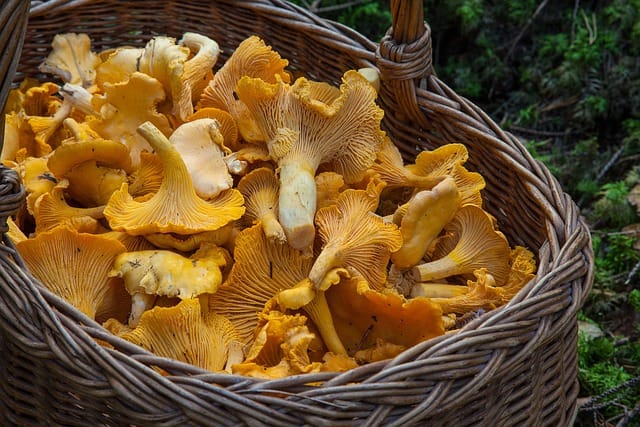Gardening philosophies: Edible landscaping
Edible landscaping is a gardening philosophy that combines the beauty of traditional landscaping with the productivity of growing edible plants

In this article:
- Introduction to Edible Landscaping
- The Benefits of Edible Landscaping
- Choosing the Right Plants for Edible Landscaping
- Designing Your Edible Landscape
- Incorporating Edibles into existing Landscapes
- Maintaining and Caring for Edible Landscaping
- Harvesting and Using Your Edible Landscape
- Common Challenges and Solutions in Edible Landscaping
- Edible Landscaping in Different Climate Zones
- Conclusion: Embracing the Edible Landscape Philosophy
Introduction to Edible Landscaping
Edible landscaping is a gardening philosophy that combines the beauty of traditional landscaping with the productivity of growing edible plants. It involves designing and planting landscapes that incorporate various fruits, vegetables, herbs, and other edible plants, transforming your outdoor space into a visually appealing and edible oasis.
The Benefits of Edible Landscaping
Edible landscaping offers numerous benefits for both the environment and the homeowner. Some of the key benefits include:
- Reducing food miles and promoting a more sustainable food system
- Providing fresh, organic, and nutrient-rich produce
- Enhancing the aesthetics of your garden with a blend of colors, textures, and fragrances
- Increasing biodiversity and supporting beneficial pollinators and other wildlife
- Creating a sense of self-sufficiency and connection to nature
Choosing the Right Plants for Edible Landscaping
Selecting the right plants is crucial for successful edible landscaping. Consider factors such as climate, soil conditions, sun exposure, and available space. Choose a variety of plants that complement each other in terms of growth and harvesting seasons. It's also important to select plants that fit your taste preferences and culinary needs.
Designing Your Edible Landscape
Designing an edible landscape involves careful planning to ensure a harmonious layout that incorporates both aesthetics and functionality. Consider the following elements:
- Creating zones for different plant types (fruits, vegetables, herbs, etc.)
- Using layers and vertical spaces to maximize planting areas
- Incorporating pathways, seating areas, and focal points
- Sourcing materials that match the overall style and theme of your garden
Incorporating Edibles into existing Landscapes
If you already have an established landscape, you can still integrate edibles seamlessly. Consider container gardening, raised beds, or interplanting edible plants amongst ornamental ones. Be mindful of the existing design when choosing the plants and their placement to ensure a visually pleasing result.
Maintaining and Caring for Edible Landscaping
Maintaining an edible landscape requires regular care and attention. Some essential maintenance tasks include watering, fertilizing, pruning, and controlling pests and diseases. Stay on top of these tasks to ensure healthy and productive plants. Regularly inspect your landscape for any signs of issues and address them promptly.
Harvesting and Using Your Edible Landscape
One of the most rewarding aspects of edible landscaping is the ability to enjoy the fruits (and vegetables) of your labor. Harvesting should be done at the peak of ripeness, taking care not to damage the plant. Explore various culinary uses for your harvest, such as fresh consumption, preserving, or even sharing with neighbors.
Common Challenges and Solutions in Edible Landscaping
Edible landscaping can present challenges such as pests, diseases, soil issues, or extreme weather conditions. To overcome these challenges, consider utilizing organic pest control methods, practicing crop rotation, improving soil health through composting, and providing adequate protection against harsh weather.
Edible Landscaping in Different Climate Zones
Each climate zone has its unique challenges and opportunities for edible landscaping. Research and select plant varieties that are well-suited for your specific climate, taking into account factors like temperature, rainfall, and seasonal variations. Local gardening resources, gardening clubs, and experienced gardeners can provide valuable insights specific to your climate zone.
Conclusion: Embracing the Edible Landscape Philosophy
Edible landscaping offers a wonderful opportunity to transform your outdoor space into a productive and visually stunning garden. By embracing this gardening philosophy, you can create a sustainable and beautiful landscape that not only benefits your health and well-being but also contributes positively to the environment.
